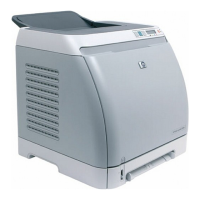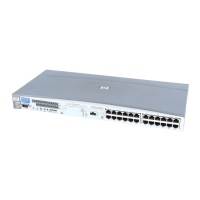• Listing the backup sessions and viewing details about them
• Removing the backup sessions
• Enabling (presenting and mounting) and disabling (dismounting and unpresenting)
the ZDB-to-disk and ZDB-to-disk+tape sessions' replicas
The VSSDB holds the VSS sessions' metadata. This metadata is stored in two parts
of the VSSDB, persistent and the non-persistent. The persistent part holds information
about all backup sessions, while the non-persistent part holds information only on
instant recovery–enabled sessions (ZDB-to-disk and ZDB-to-disk+tape sessions). Once
a replica from the instant recovery-enabled session is rotated out of the replica set,
the information about the session is deleted from the non-persistent part of the VSSDB
and the session's target volumes are removed from the disk array. The information
about the session is still available in the persistent part of the VSSDB and can be
deleted only manually using the omnidbvss command. Note that ZDB-to-tape sessions
and sessions created using the software provider are always recorded only to the
persistent part of the VSSDB.
You can query and manage the items of the VSSDB using the omnidbvss command.
For information on the command syntax, description, and examples, see the HP Data
Protector command line interface reference.
The following tasks can be performed using the omnidbvss command:
• Querying the VSSDB
• Deleting backup sessions
• Enabling and disabling replicas
Querying the VSSDB
Using the omnidbvss command, you can list:
• All backup sessions, as well as their details.
• All backup sessions based on a specific backup specification, as well as their
details.
• All backup sessions recorded in the persistent part of the VSSDB, which were
created before a specified date, as well as their details.
• Details on a specific backup session, identified by the session ID.
Using the omnidbvss command, you can save the documents about the backup
components and writer metadata to a specified directory.
See the omnidbvss man page for the command syntax and examples.
Integrating the Data Protector ZDB integrations and Microsoft Volume Shadow Copy Service340
